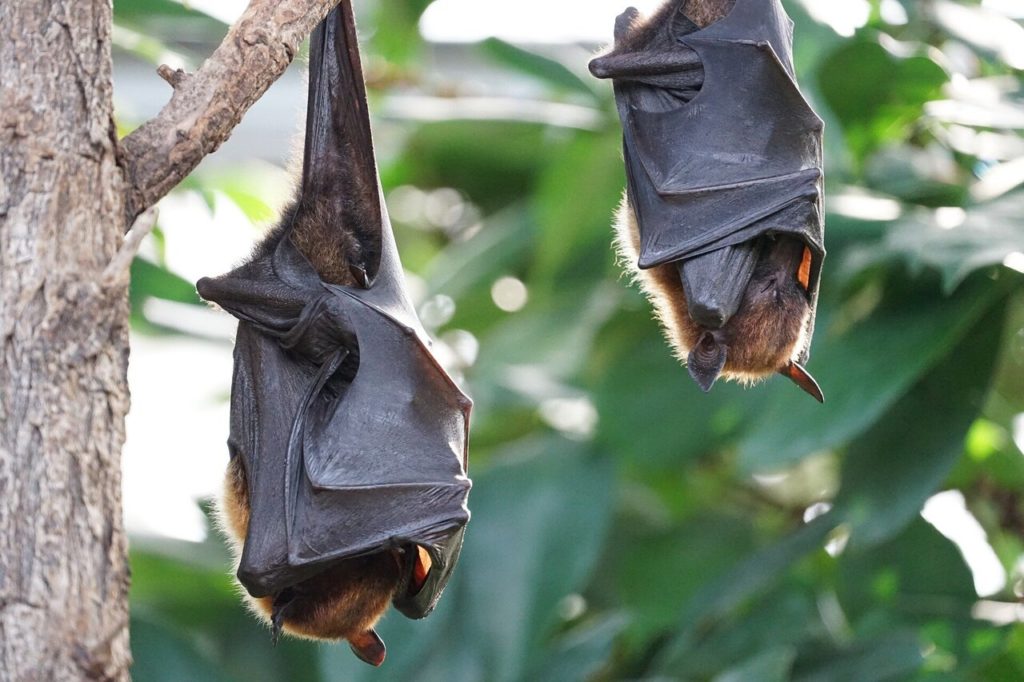By
Similar viruses with the potential to infect humans could be circulating in the mammals
Viruses from the coronavirus lineage responsible for COVID-19 have been circulating in bats for decades, long before the virus started infecting people last year, a new study suggests.
How exactly the virus jumped to humans is still a mystery. But the study suggests the coronavirus most likely evolved in bats — such as intermediate horseshoe bats (Rhinolophus affinis), the source of the coronavirus that caused the 2003–2004 SARS outbreak — not snakes or pangolins as some researchers have suggested (SN: 1/24/20). Pangolins or another animal might still have been an intermediate host before the virus made it to humans.
Maciej Boni, an epidemiologist at Penn State, and his colleagues examined the genetic blueprints of the new coronavirus, or SARS-CoV-2, and 67 related viruses. The analysis aimed to uncover the evolutionary history of SARS-CoV-2 and see if the virus had exchanged bits of genetic material with other coronaviruses, a process called recombination, to become the formidable pathogen it is now.
SARS-CoV-2 is not the result of genetic shuffling among known coronaviruses, the researchers report July 28 in Nature Microbiology. Previous studies had suggested that recombination with coronaviruses from pangolins may have contributed a portion of the virus’ spike protein, which is used to break into human cells (SN: 3/26/20). But the spike’s ability to attach to a protein on host cells called ACE2, which allows the virus to gain entry, appears to be an ancestral trait, rather than one gained from recombination.
Based on the evolutionary relationship among the 68 coronaviruses, the researchers estimate that the branch of the virus family tree that leads to SARS-CoV-2 diverged from related viruses between 1948 and 1982. Those dates suggest that the coronavirus lineage that gave rise to the virus behind the pandemic has been present in bats for decades.
That long period hints that more bat viruses with the potential to infect humans are circulating in horseshoe bats. Searching for such bat viruses can help identify potential threats before the pathogens make the jump, the team writes.
This story was originally published by Science News, a nonprofit independent news organization.











More Stories
Nasal COVID-19 vaccines help the body prepare for infection right where it starts – in your nose and throat
How important is the COVID-19 booster shot for 5-to-11-year-olds? 5 questions answered
Universal masking returns to Philadelphia schools Monday